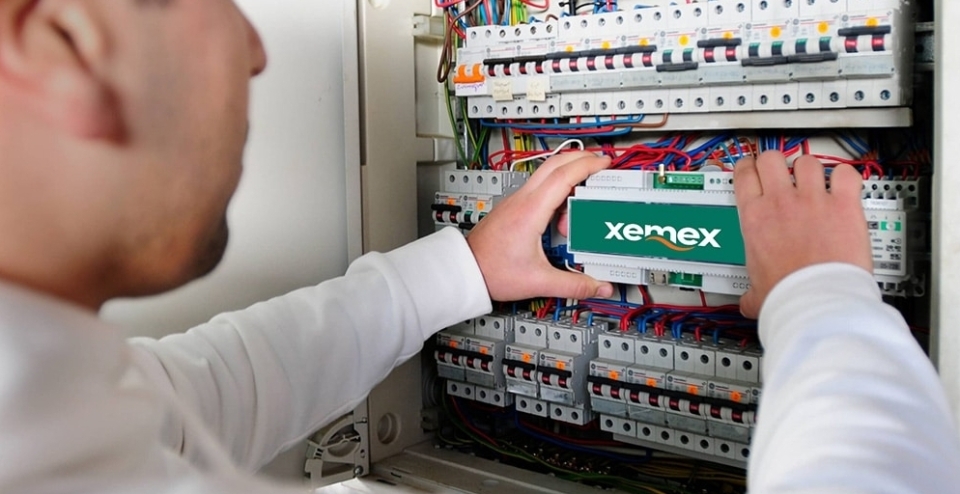
What solutions in the energy market?
Energy generation and consumption must be intelligently controlled and sometimes temporarily stored. In this way, supply and demand remain in balance and the grid does not become overloaded. This means adapting our approach to the needs of the energy system, rather than the energy system adapting to us.
Smart incentives
The government and energy companies use price incentives to motivate both energy generators and consumers to avoid imbalance and overload in the energy grid. By following these price incentives, users can reduce their energy costs. Those who follow these price incentives can save on energy costs. However, those who are unable or choose not to follow these incentives will face rising energy costs in the future.
Flexible Robust
To effectively address the problems in the energy market, smart and sustainable solutions are needed. These solutions focus on a flexible and robust energy system that adapts to the ever-changing supply and demand of electricity. Below is an overview of key measures and technologies that can contribute to a more stable and sustainable energy system.
Better spreading
An important step toward a more efficient energy system is the continued development and implementation of smart meters. Smart meters can provide “live” insight into energy consumption. This makes both consumers and companies more aware of their energy use. Stronger: it allows them to spread their energy consumption smarter throughout the day. Through the use of digital technologies such as computers, smartphones and the Internet, consumers are increasingly able to monitor and control their own energy needs. This allows them to deal more efficiently with fluctuations in the supply of green power.
Smart storage
One of the biggest challenges of renewable energy is its volatility. To deal with these fluctuations, energy storage becomes crucial. For example, with home batteries in which excess solar energy can be stored for later use. In this way, consumers become less dependent on the power grid. Tax breaks and other incentives make this technology more attractive. As a result, people are more likely to invest in home storage. Investments in energy storage are also being made on a larger scale. For example, through central batteries and storage projects, which can balance peaks in supply and demand.
More sustainable together
Microgrids are small-scale, autonomous energy networks that generate and distribute electricity within a local community or specific area. These networks can operate with or without the main grid. This is especially useful during emergencies or in remote areas. In addition, energy collectives, in which local residents work together to generate and share energy, can contribute to a more self-sufficient system. Municipalities and provinces play an important role here by encouraging new housing projects and sustainable initiatives. Residents can actively participate and benefit from these.
Better aware
In some countries, such as Belgium, the capacity tariff is being introduced to make consumers more aware of their energy use. This system encourages users to spread their electricity consumption more evenly throughout the day. Dynamic energy tariffs, which fluctuate based on current market supply and demand, can also encourage consumers to use more consciously. This allows consumers, for example, to turn on their household appliances when energy prices are low. This helps decongest the power grid.
More often less
By generating and using energy locally, transportation losses over long distances can be reduced. This contributes to a more efficient energy system in which less energy is lost. Investing in energy-efficient technologies and appliances helps consumers and businesses reduce their overall energy consumption. This not only provides savings, but also reduces pressure on the grid.
Flexibly scalable
‘Energy as a Service’ (EaaS) is a concept where companies have their energy needs managed and optimized externally. This is often done through cloud solutions. This model can particularly benefit large companies, as it gives them access to a flexible and scalable energy management system without the high investment costs of an in-house infrastructure. EaaS models allow companies to better respond to fluctuations in supply and demand while meeting their sustainability goals.

Own direction
Consumers and businesses are getting more and more opportunities to take control of their own energy use. For example, with an Energy Management System (EMS). EMS optimizes energy consumption based on current energy prices and the availability of green electricity. As a result, users take a big step toward independence. By actively managing your energy yourself, there is more overview and control. And that leads to welcome savings and a more sustainable use of electricity.
Read more about Energy Management System (EMS)
The energy market is in full transition, and it’s not happening without fits and starts. Demand for electricity is exploding and renewable sources such as solar and wind continue to depend on the weather. The result: uncertain prices, limitations for consumers and major challenges for our future sustainability. With an Energy Management System, you get the most out of your energy sources without losing comfort.